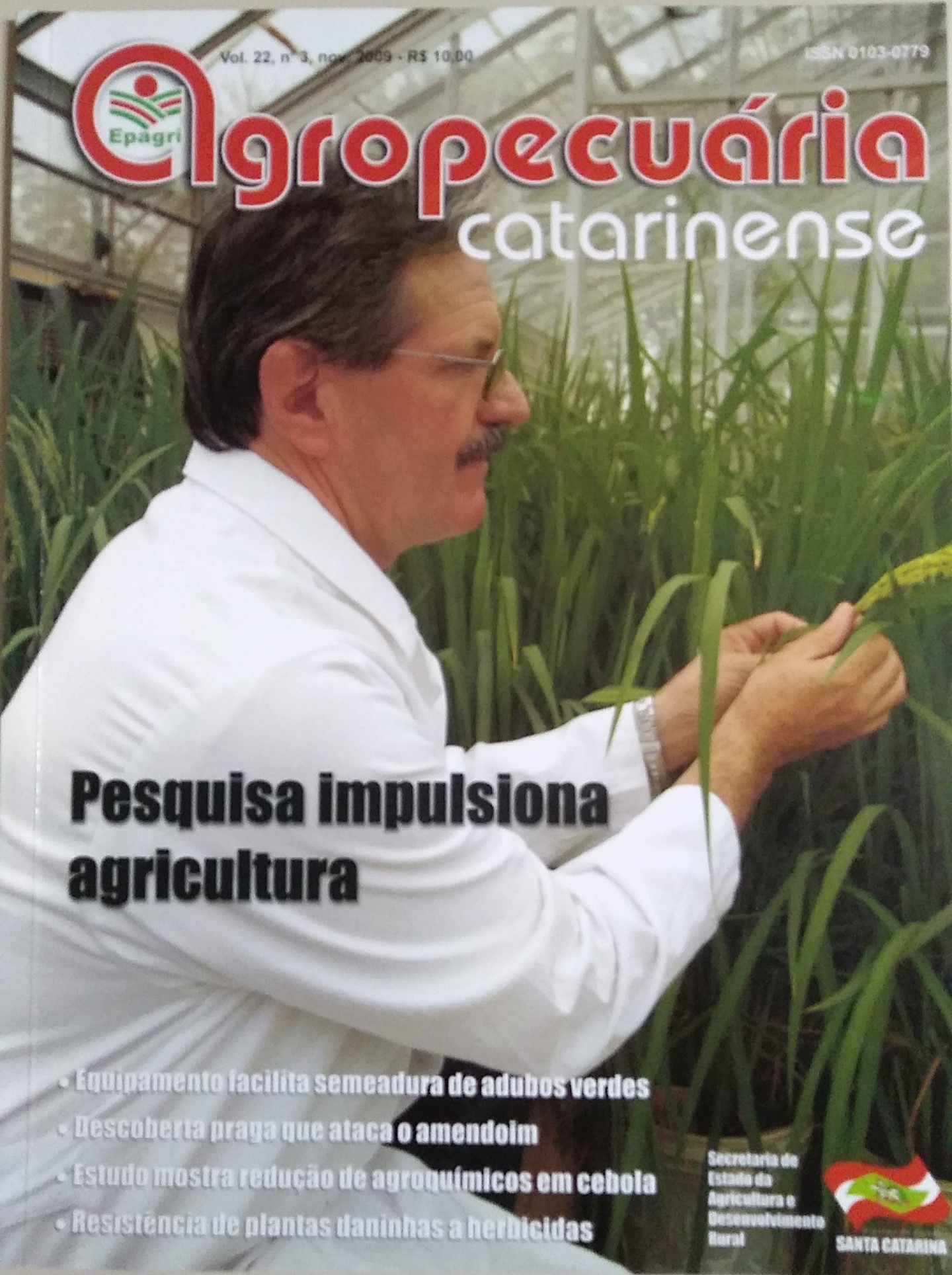Effect of cutting height on the branching and yield of willow crop in the Southern plateau of Santa Catarina, Brazil
DOI:
https://doi.org/10.52945/rac.v22i3.833Keywords:
Salix x rubens, poda, morfogênese.Abstract
The most common and unwanted defect in the production of wicker is the ramification of the branches, as
it increases the lack of uniformity in diameter, increases of thickness, and promotes the loss of flexibility of wicker. It
also leaves marks when removed after harvest. The present research analyzed the effect of the branch cutting height
beside the insert point, over the second bud or over the fourth bud, with or without the deletion of the weak ones, on branching formation and yield. This was evaluated under field conditions in Bocaina do Sul, SC, Brazil, from 2003 to
2005. The cutting height of branches had no effect on either yield or branching.
Metrics
Publication Facts
Reviewer profiles N/A
Author statements
- Academic society
- Epagri - Revista Agropecuária Catarinense
- Publisher
- Empresa de Pesquisa Agropecuária e Extensão Rural de Santa Catarina - Epagri
Downloads
Published
How to Cite
Issue
Section
License
Copyright (c) 2009 Agropecuaria catarinense

This work is licensed under a Creative Commons Attribution 4.0 International License.





